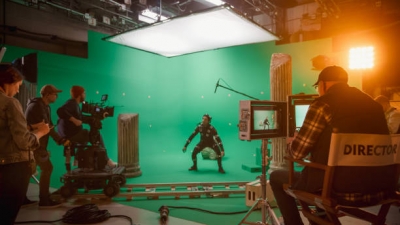
Mise-en-scène is French for placing on stage. As a theatrical term it refers to scene composition or deciding what to include in a scene and how must it be placed on the stage.
Mise-en-scène is French for placing on stage. As a theatrical term it refers to scene composition or deciding what to include in a scene and how must it be placed on the stage. Essential to the visual appeal of a film, it entails set design, costumes, props, movement of the actors, lighting, and essentially everything that frames a scene and is captured on the camera. The French film critic Andre Bazin was one of the greatest proponents of this component and broadly divided filmmaking into two basic approaches, the montage and the mise-en-scène. The difference between the two is that a montage depends on layering and juxtaposing multiple images to create meaning whereas the latter concentrates on storytelling through a single image.
Modern Inclusivity
The traditional definition of this framing method only included the visual components that contributed to the imagery of a scene, but modern film critics argue that elements like background sounds and music, camera angles, and the types of lens used are also crucial for enhancing the overall cinematic experience and hence, must be considered a part of the mise-en-scène.
As a directorial stylist component, the mise-en-scène of a film must align with the vision of the filmmaker and be representative of his or her artistry.
Masters of the Mise-en-scène
Some legendary directors from the world of cinema who are renowned for their stylistic mise-en-scène include Satyajit Ray, Tim Burton, Alfred Hitchcock, David Fincher and Stanley Kubrick.
Picture Credit : Google




